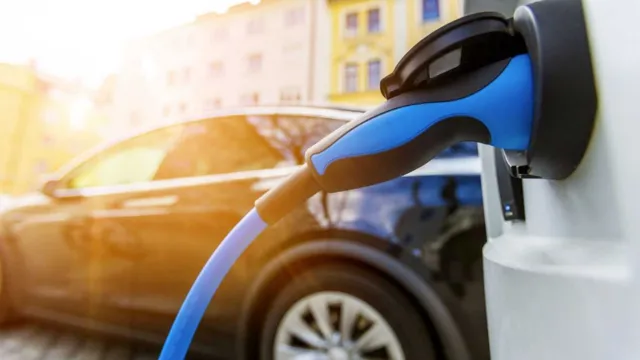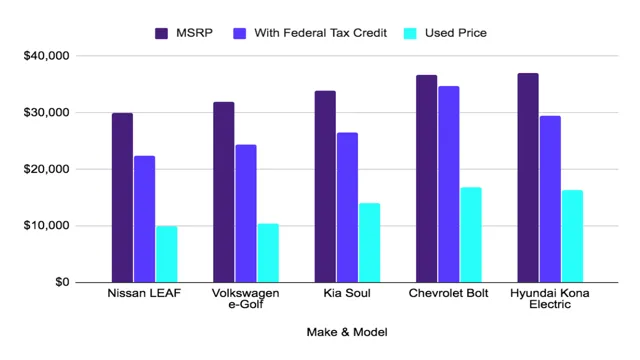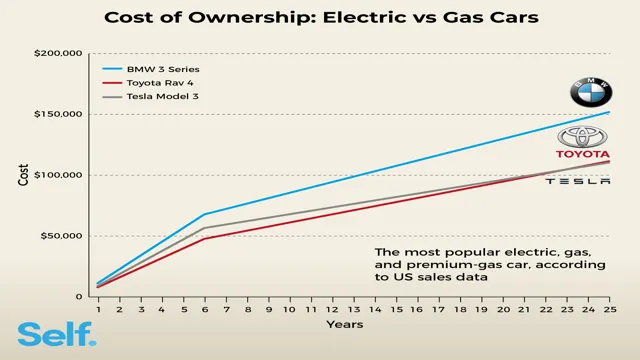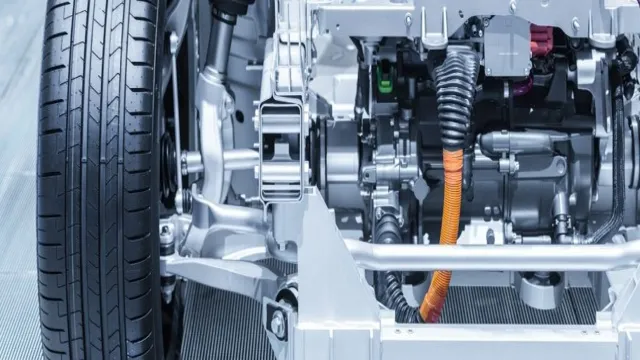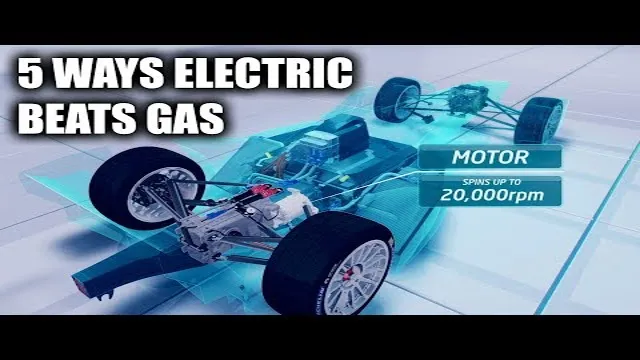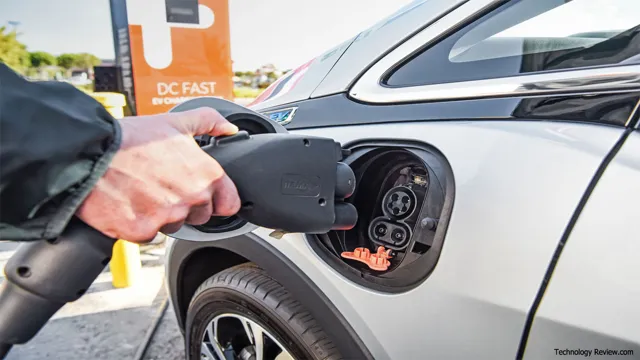Drive Green: Expert Tips for Maintaining Your Electric Car and Saving Big on The Road
Electric cars are becoming more and more popular as people move towards eco-friendly alternatives to combustion engines. While electric cars have a reputation for being low-maintenance, regular upkeep is necessary to keep them running smoothly. Proper maintenance can also extend the lifespan of your electric car and save you money in the long run.
In this guide, we’ll cover the basics of electric car maintenance, including battery care, tire maintenance, and other key factors to keep your electric car operating at its best. Whether you’re a first-time electric car owner or a seasoned veteran, this guide will help you keep your car in top shape and running efficiently. So, let’s get started!
Why Maintenance is Important
Maintaining an electric car is crucial to ensure its longevity and optimal performance. Regular maintenance not only helps in avoiding expensive repairs but also enhances the car’s safety on the road. Electric cars have fewer mechanical parts, but they still need proper care for their batteries, motor, and charging components.
Keeping a check on battery life, fluid levels, and tire pressure is essential for an electric vehicle to run efficiently. Moreover, scheduled professional checks for brakes, suspension, and steering systems can prevent any significant issues that may pose a risk to the car’s safety and passengers’ lives. Additionally, keeping up with software updates for your electric vehicle’s operating system can enhance the car’s functionality.
Regular maintenance will also maintain its resale value, giving you a higher return on your investment if you decide to sell the car later. Therefore, maintaining an electric car regularly can go a long way in ensuring its sustainability and longevity.
Preserve Battery Life
Maintaining your battery is crucial if you want to extend its life and avoid costly replacements. Think of your battery like a plant – it needs proper care and attention to thrive. One of the key components of battery maintenance is ensuring that it is always charged properly.
Avoid overcharging, which can cause irreparable damage and shortens its life span. It’s also important to keep your battery clean and free of corrosion to prevent any damage to the internal components. Additionally, avoid placing your battery in extreme temperatures as this can cause additional stress to the battery, ultimately leading to a shorter lifespan.
By following these simple steps, you can save on replacement costs and keep your battery going strong for longer. Trust us, your wallet will thank you in the long run!
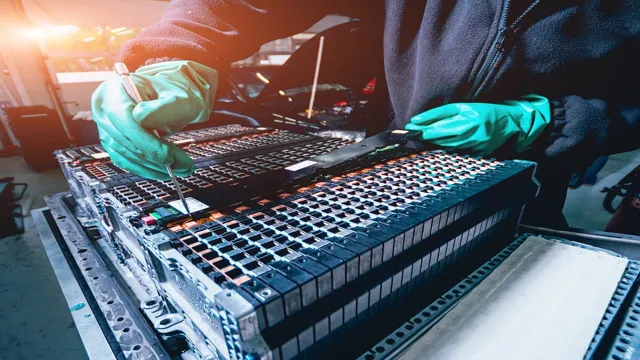
Ensure Optimal Performance
As a business owner, you want to make sure that your equipment is always running smoothly. Maintenance plays a crucial role in ensuring optimal performance. Neglecting regular maintenance can lead to unexpected breakdowns, loss of productivity, increased downtime, and even safety hazards for your employees.
By regularly maintaining your equipment, you can catch potential issues before they escalate into major problems. Think of it like going to the doctor for regular checkups – it’s important to catch health problems early on before they become more severe. Taking care of your machinery also extends its life, saving you money in the long run.
So, don’t wait until something goes wrong to take action. Invest in regular maintenance as a proactive approach to keeping your equipment running efficiently and safely.
Regular Maintenance Schedule
Maintaining an electric car involves regular maintenance to keep it running smoothly and efficiently. A regular maintenance schedule ensures that the battery is charged, the tires have the right pressure, and the brakes are functioning properly. The battery needs to be checked regularly to prevent depleting its charge and affecting the range of the car.
The tires should be checked for any signs of wear and tear, and the brakes should be inspected to make sure they are in good working condition. Other parts of the car that need to be checked include the cooling system, the suspension, and the electrical system. Regular maintenance not only helps keep an electric car running smoothly but also helps extend its lifespan.
By following a maintenance schedule, you can avoid costly repairs and ensure that your electric car performs at its best.
Tire Rotation and Alignment
Regular maintenance of your vehicle is crucial to keep it running efficiently and safely. Two essential components of this maintenance are tire rotation and alignment. Tire rotation involves moving your tires from one position to another, ensuring that wear and tear is distributed evenly.
This not only prolongs the life of your tires but can also improve fuel economy and enhance overall vehicle performance. On the other hand, wheel alignment ensures that your vehicle’s wheels are aligned correctly and are moving in the same direction as its centerline. This ensures even wear on your tires, improves handling, and reduces the risk of accidents caused by an unstable vehicle.
Regularly scheduling tire rotation and alignment can help you avoid costly repairs down the line and provide you with peace of mind knowing that your vehicle is in good condition.
Brake Inspection and Replacement
Brake inspection and replacement are essential components of a regular maintenance schedule for your vehicle. As a responsible driver, it’s crucial to keep your brakes in excellent working condition to ensure your safety on the road. Regular inspections can prevent costly repairs down the road and give you peace of mind.
You can check for brake wear by looking at the thickness of the pads, and if it’s less than a quarter of an inch, it’s time for a replacement. Other warning signs include screeching or grinding sounds when applying the brakes, a shaking steering wheel when stopping, or a longer stopping distance than usual. If you notice any of these signs, it’s time to take your car to a reputable mechanic for an inspection.
Don’t wait until you’re riding metal to metal to take action. Your braking system is your lifeline on the road, and it’s essential to maintain it properly.
Fluid Checks and Replacements
Regular maintenance of your vehicle is essential to extend its lifespan and keep it running smoothly. One crucial aspect of maintenance is regularly checking and replacing your car’s fluids. This includes engine oil, coolant, transmission fluid, brake fluid, and power steering fluid.
Each fluid has a specific purpose, and replacing them at the recommended intervals can prevent costly repairs down the line. Your car’s owner’s manual should provide guidance on when to replace each fluid based on mileage. Neglecting these fluid replacements can lead to engine damage, overheating, transmission failure, and brake system malfunction.
Keep an eye on fluid levels and color regularly and top up or replace fluids as needed. Prevention is key, and maintaining your car’s fluids is an easy way to ensure it stays in optimal shape for years to come.
DIY vs Professional Maintenance
Maintaining an electric car can be a daunting task, but it’s essential to ensure you get the most out of your vehicle. You’ll need to make sure your car battery is in good condition, your tires are well-maintained, and the electrical components are working correctly. When it comes to maintaining an electric car, you have two options: DIY or professional maintenance.
If you choose DIY, you’ll save money, but you’ll need to have the necessary skills and tools. For instance, you’ll need to understand how to disconnect and reconnect car batteries, diagnose and fix electrical problems and replace parts. Alternatively, professional maintenance may be more expensive, but it comes with the assurance that your car is in excellent condition.
Professional maintenance technicians have the skills, tools, and knowledge to handle all your electric car’s maintenance needs. Ultimately, it boils down to personal preference and the level of expertise you have. Whichever option you choose, be sure to take the necessary maintenance steps to ensure your electric car runs smoothly and efficiently for many years to come.
Remember to keep your batteries charged, check your tire pressure, and perform regular maintenance checks.
When to DIY
Maintaining your home can be costly, and deciding when to DIY or hire a professional can be a tough decision. While some tasks like changing light bulbs and unclogging drains can be handled easily by homeowners, more complex tasks like electrical work, plumbing, and roof repairs should only be done by professionals. Not only can doing tasks outside of your expertise cause more damage and safety hazards, but it can also potentially invalidate your home insurance if something goes wrong.
On the other hand, DIY projects like painting, landscaping, and basic carpentry can add value to your home and save you money. When deciding whether to DIY or hire a professional, consider your skill level, the complexity of the task, and the potential consequences if something goes wrong.
When to Seek Professional Help
When it comes to home maintenance, it can be tempting to take the DIY approach in order to save money. However, sometimes it’s better to seek professional help. It’s important to know your limitations and when a task requires expertise beyond your skill level.
For instance, electrical work can be dangerous if you don’t know what you’re doing, so it’s best to leave it to trained professionals. On the other hand, tasks like changing air filters or cleaning gutters can easily be done on your own. When deciding whether to DIY or seek professional help, ask yourself if you have the necessary knowledge and tools to handle the task safely and efficiently.
In the end, it’s always better to be safe than sorry. So, if you’re unsure, don’t hesitate to call a professional. Doing so could save you time, money, and potentially dangerous mistakes.
Conclusion
In the world of car ownership, nothing quite compares to the satisfaction of driving an electric car. However, like any machine, it requires some love and attention to keep it running smoothly. Maintaining an electric car is a delicate balancing act between maximizing its lifespan, and optimizing its performance.
By keeping an eye on the battery life, regularly checking tire pressure, and simply enjoying the ride, you’ll be well on your way to becoming a true electric car enthusiast. So go ahead, embrace the future of transportation – just don’t forget to give your car a little TLC every once in a while.”
FAQs
What is the average cost of maintaining an electric car compared to a gasoline car?
The maintenance cost for an electric car is generally lower than that of a gasoline car due to fewer moving parts and fewer components that require frequent replacement. However, this can vary depending on the brand and model of the electric car.
Can I perform basic maintenance tasks on my electric car myself?
Yes, basic maintenance tasks such as checking tire pressure and topping up the windshield wiper fluid can be easily performed by the car owner. However, for more complex tasks, it is recommended to seek help from a qualified electric car technician.
How often should I service my electric car?
The recommended service interval for an electric car varies among manufacturers. However, it is generally advisable to have your electric car inspected by a qualified technician every 12,000 to 15,000 miles or once a year, whichever comes first.
What kind of maintenance is required for an electric car battery?
The battery is a crucial component of an electric car, and proper maintenance is necessary to ensure its longevity. Some basic battery maintenance tasks include keeping the battery charged, avoiding extreme temperatures, and keeping the battery clean and dry. In case of any issues, it is recommended to contact the vehicle manufacturer or a qualified technician for assistance.
